Hello, this is Team Protocon’s Editor K.
Following last week’s Slicing Token Staking III – Tokamak Station, today we will learn about Cosmos, known as the ‘Internet of Blockchain’ and talk about Cosmostation where you can stake Cosmos’ key currency, ATOM.
Since we’ve already explained the concept of staking in our last research, let’s find out about Cosmos right away.
- Cosmos
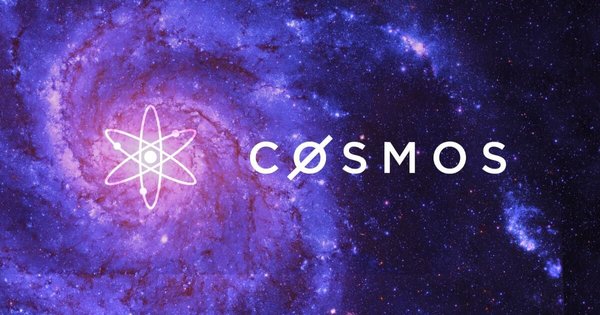
After first-generation Bitcoin and second-generation Ethereum, many third-generation public blockchain emerged, but there was still a problem that blockchain could not be interoperable with existing blockchain. In particular, Cosmos was developed by blockchain developer Tendermint, keeping an eye on the difficulty of mutual operation between cryptocurrencies themselves.
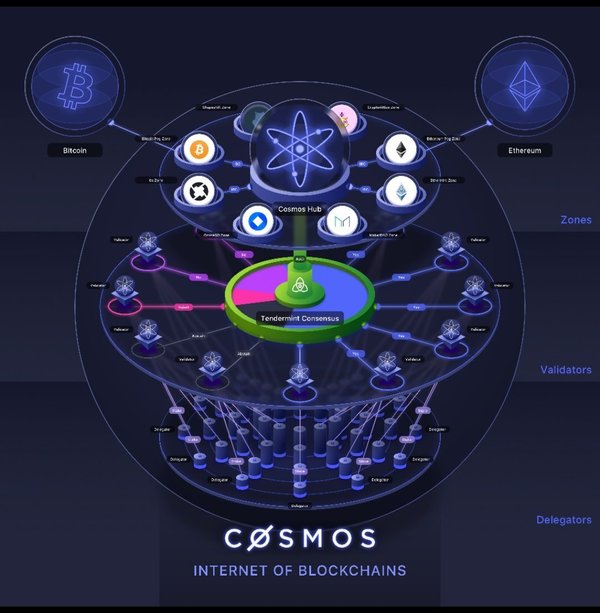
According to Hashnet, Cosmos is defined as cryptocurrency for Inter-Blockchain that connects different blockchain. The Cosmos chain connects several independent blockchains to the network so that they can communicate with each other, making them work interconnected like the Internet of Blockchain. Cosmos wanted to establish an environment where multiple blockchain can be connected and tokens and data transferred to each other through the IBC (Inter-Blockchain Communication) protocol. This also means that blockchains with different applications and validators can interoperate.
- Cosmos VS Polkadat
Polkadat is a project that cannot be missed when mentioning Cosmos. Polkadat and Cosmos, the two major mountains of interchain blockchain, were developed after recognizing the need for interchain, but they have different views on how it is used.
While Polkadat focuses primarily on sending and receiving multiple data between blockchain, Cosmos focuses on sending tokens.
Polkadat is efficient because it has a unified standard so there is no problem with data movement, but it tends to be closed because there are many limitations according to the standard. On the contrary, if Cosmos is built with its own development language, Cosmos SDK, anyone can freely go up to the Zone, providing open and high scalability.
However, Cosmos is difficult to move data and only tokens can be moved. The token transfer functionality was officially implemented in the first quarter of this year and is not yet active.
- ATOM
Cosmos' key currency ATOM is the only equity token in Cosmos Hub and is used as a means of paying transaction and transaction fees. It can also be used by the ATOM Holder to delegate validators for staking. Staking an Atom will give you the right to vote in proportion to the amount of staking and allow you to vote for governance decisions. In addition, some of the transaction fees collected by Blockchain will be compensated for their contribution to Cosmos Hub.
- Validators
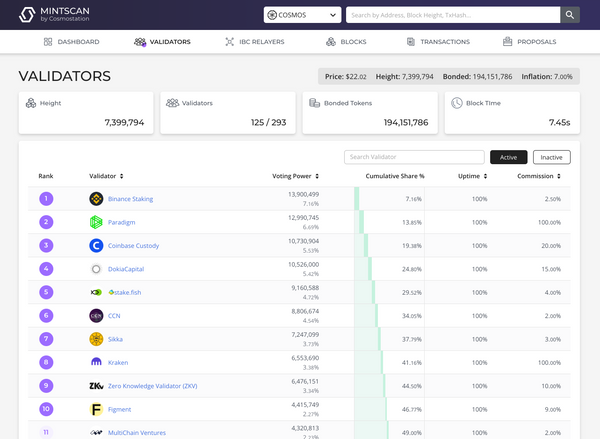
Validators are special agents on a network that can propose new blocks or agree or reject them. Anyone can nominate themselves as validator, but only 125 people elected through voting will act as the validator.
Validators may be punished through slashing if they cause problems. Signing two different blocks or misbehaving results in some of the ATOM deposited by both the validator and the delegator being reduced. Considering these issues, it would be better to choose a trusted validator when delegating ATOM.
- Delegating
Blockchains that use staking, such as the Cosmos Hub, are primarily run by validators. Validator candidates are established based on the amount of voting power. ATOM holders' voting rights are automatically acquired during the staking process, but are effectively treated as voting in the process of selecting validators. The process of selecting validators is called ‘Delegating’.
ATOM will remain locked when staked. In order to unlock staked ATOM, you can trigger the ‘Undelegation’ process. It takes 21 days for the atom to be transferred again after the transaction to cancel the delegation is sent.
- Cosmostation
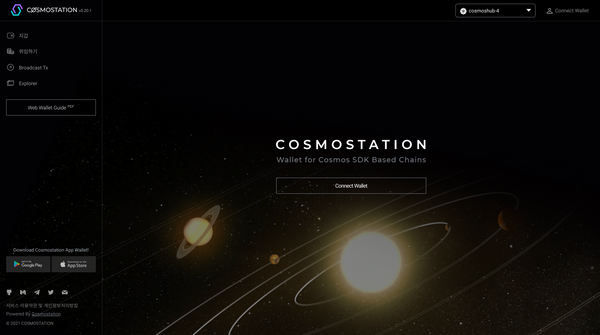
Finally, Cosmostation.
For ATOM staking in Korea, there are two methods: using exchanges such as GDAC and Coinone, and staking through a self-developed wallet called Cosmostation. When using an exchange, token ownership is delegated, but using Cosmostation has the advantage of maintaining full ownership of the tokens.
Cosmostation allows easy staking through mobile applications as well as PCs. Cosmostation has four simple menus: Wallet, Delegation, Broadcast Tx, and Explorer. It provides functions such as withdrawal, deposit, delegation, withdrawal of delegation, redelegation, interest claim, and interest address change.
A brief summary of the staking process is as follows.
Create and connect a wallet in Cosmostation (refer to Cosmostation guide)
Buy ATOM on the exchange and transfer it to your wallet.
Select a validator and delegate.
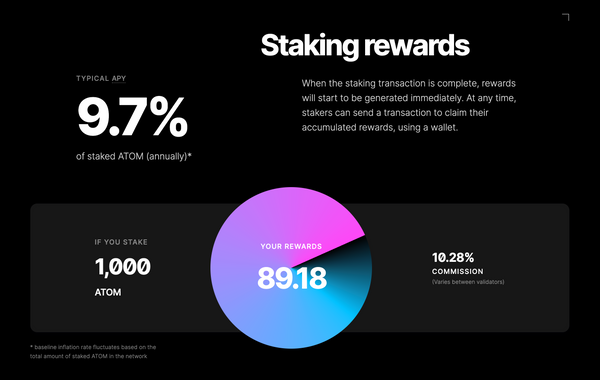
According to Cosmostation, a total of 277,988,852 ATOMs have been issued so far (as of August 24), and about 7,469,362.06 ATOMs have been staked. This represents a value of approximately $160,516,590, equivalent to approximately 2.7% of the total supply. The interest rate for staking is different every time, but it is around 9.7% per year. This means that if an atom holder stakes 1000 ATOM, you can be rewarded with about 89.18 ATOM.
Because staking is delegating the atom holder's ATOM to the validator, a certain amount of fee is incurred. Therefore, a portion of the staking reward is provided to the delegated validators, and this percentage is called the fee. Since the fee is set by the validator, the amount varies depending on the validator. For example, if the fee is 10.28%, 10.28% of the staking rewards will go back to the validator, so it is an important parameter to consider when determining a validator.
Today, we learned about Cosmos and Atom staking using Cosmostation. In the meantime, we have looked at the token staking systems of several projects throughout the series. In the next episode, we will continue the series on the topic of token swaps.
That's it for Editor K!
Official Protocon Links
Telegram
Twitter
Facebook
Youtube
Medium
Reddit
Github